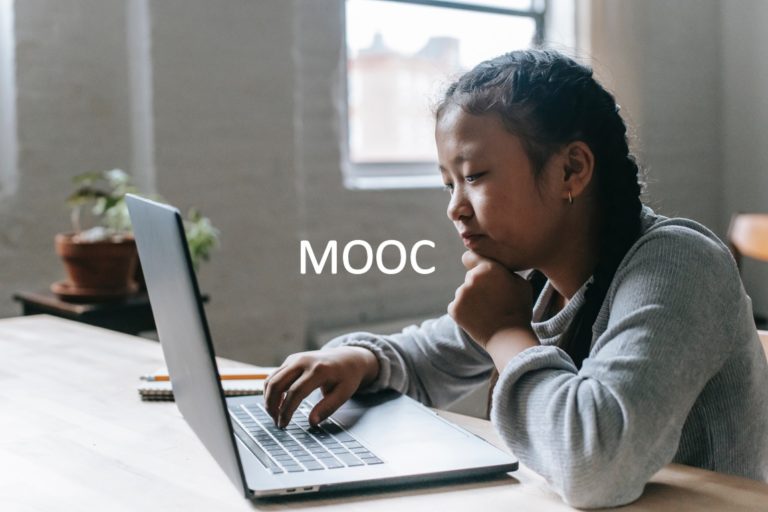Marketing environment analysis of MOOC in China

Considering the market potentials for MOOC in China, it is suggested that managers look into the macro-environment forces which exert influence on the business. The rising public expectations of higher education institutions push universities to come out with a more effective teaching-mix to enhance the quality of education. And there is a growing emphasis on schools being a good educator as well as researcher. At the same time, students and white collars are strongly motivated by the desire for special knowledge which is a prerequisite to secure their social status in the future. Moreover, Chinese people value certification very much. There is a commercial chance for MOOC to earn money by issuing certificates and other services.
The fast pace of technological changes also set unlimited opportunities for MOOC partners to improve their design of the delivery system of knowledge. The cloud technology makes mass storage a possibility. This gives a chance to develop an all-inclusive course platform in the future. And internet commercialisation makes sales of online-service more convenient.
High demand for e-learning in China
As for microenvironment for MOOC business, the demand from young Chinese for wider knowledge range and broader vision of different subjects is high. According to a chat board on MOOC, over 80% students think that the course they`ve already taken broadened their mind, created a different way of thinking, especially for those who have no overseas study experience. On the supply side, a variety of learning platforms with discussion groups, assignment groups and other study tools are closed to student life (Ji, S., 2013). There may be an online campus in the future.
The ideal profit model for MOOC
First, MOOC could build a credit transfer mechanism with Chinese universities and position itself as an expansion of daily course. It is realistic to start cooperation in university selective courses because students have the freedom to choose courses they are most interested in. While the aim of higher education is to cultivate free thought and independent spirit in students, there is no reason for universities to reject lectures given by MIT or Harvard University, even if it is online. There was a failure when San Jose University attempted the for-credit MOOC model through a partnership with Udacity because over half the students failed the final exams. Thus, it is important that experimentation should start from top universities where students have capability to finish the task (Holmes, D., 2013).
And when it comes to compulsory courses, MOOC, as a way of cost reduction in hiring professors, could license relevant course materials to universities who want them. Chinese professors prefer to ask students to take MOOC videos as extracurricular study materials which can help students better perform in class. Third, MOOC could teach Chinese scholars how to use MOOC platform and invite elite universities to give courses in Chinese, so that more students could join MOOC. What is more, In a psychological point of view, Chinese students are only interested in courses given by famous universities (Cai, W. and Wang, Q., 2013).

Second, MOOC could charge a fee for the course certificate. The number of full-time university undergraduates in China in 2013 is estimated to be 25 million (based on the number 24 million and the growth rate 3.5% in 2012). Supposing half of the students have at least one course finished and the price ranges from $30 to $80, it would generate an average of $688 million. The certificate is not only a prove of study but also a way to show off, especially when courses are given by world top universities. And for a degree certificate, MOOC could charge users a higher certification rate. if MOOC decides to offer this service in China in the future.
Third, MOOC could also provide recruiting services. One possibility is to work as a headhunter. The business could start with foreign-funded enterprises. Till 2012, there are 12,46 million people employed by foreign-funded (National Bureau of Statistics in China, 2013). Assuming that annual rate of newcomers is 5%, the number is 625 thousand. If 30% of newcomers are introduced by MOOC analysts to companies and each successful match charges $100. The sales would be $18.75 million. Another possibility is to sell databases with detailed performance information on people`s skill sets s to employers. It is believed that digital learning platforms generate substantially more detailed insights into prospective employee behaviours than transcripts (Dellarocas, C. and Van Alstyne, M., 2013) Recently, MOOC has already signed contracts with employers such as Facebook、Twitter、AppDirect (Kolowich, S., 2013) in other countries, it is expected that many multinational companies in China are to have interests to build business relationship with MOOC later.
Fourth, MOOC could provide online library resources, tutoring services, and other supporting facilities of collegiate academic life (Kirschner, cited in Kolowich, S., 2013). For instance, Chinese students may have rare access to English publications which are strongly recommended for study. MOOC could provide a database of reading materials to improve MOOC users` knowledge level.
Source: marketing report in China





